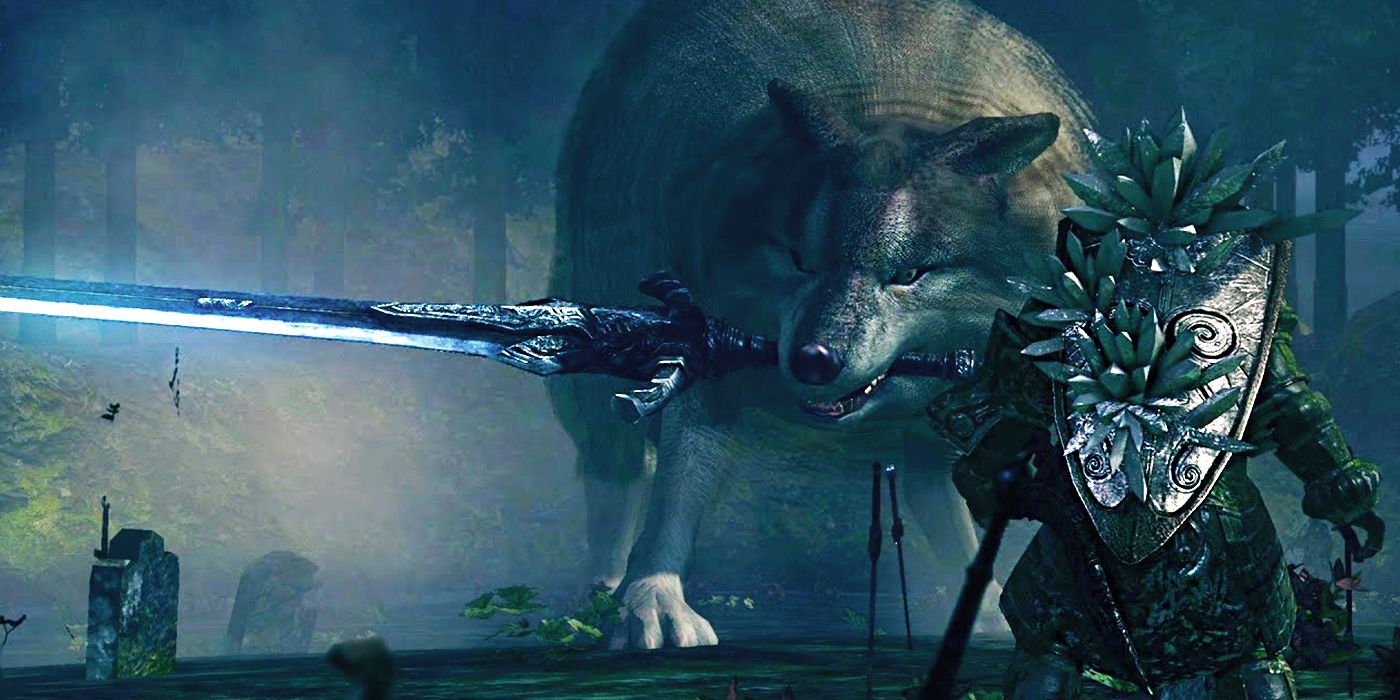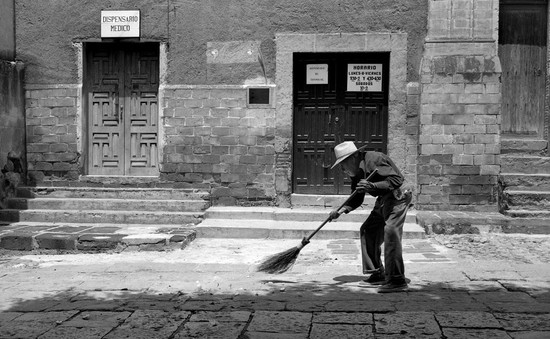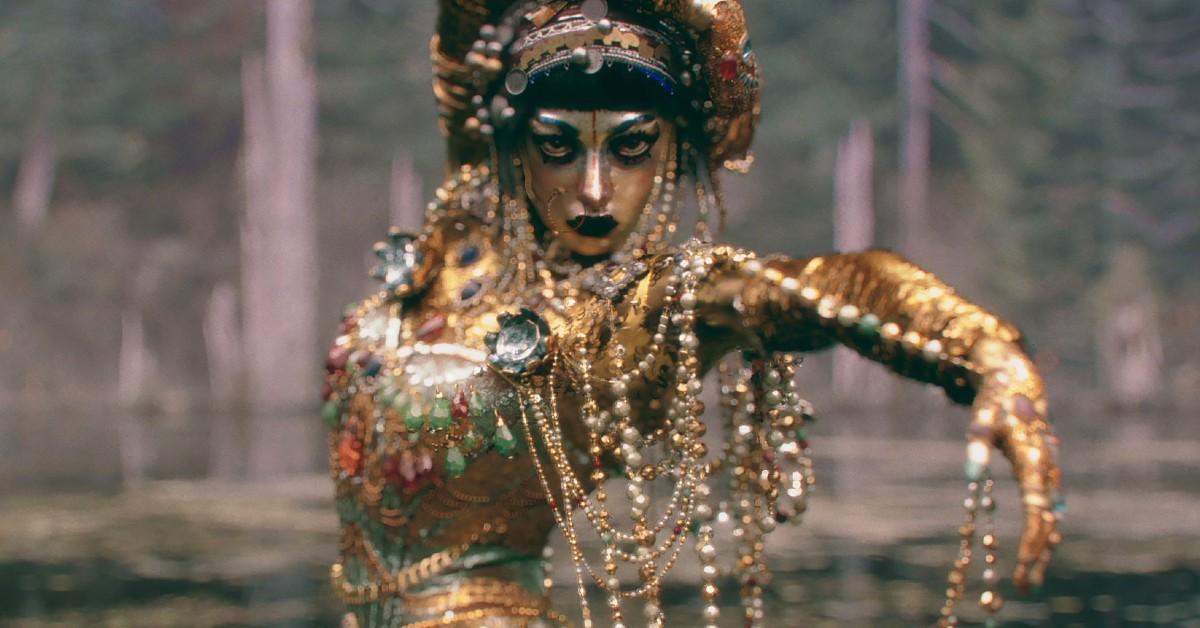We began the game with four members of the party:
Jack Bird, the Human Bard (Who will largely be absent due to the limitations of his internet).
Khazix, the Asura Rogue.
Lilith, the Ghoul Ranger.
Virgil, the Human Warlock.
The party is joined by two new players:
Enon, 23rd Saint of the 3rd Month, the Deva Barbarian
Aaron Rrest, 31st Saint of the 5th Month, the Deva Fighter
We are in a dusty outpost of the Manhunters, where State Manhunter Aaron receives his orders, to hunt down one Khazix Kinkiller. Additionally, he is told to escort a civilian party to Pala. Aaron is rocky and uncarved, left in relative untouched conditions from his crash. Enon on the other hand, has been carved to resemble an androgynous figure, as human as possible. They set off towards Pala. The party begins where they left off, in that state of confusion with the State Exorcist Mikaela.
Virgil notices Mikaela was feigning sleep and specifically that she was attempting to grasp at her signet ring. He winks at her, alerting her to his awareness and putting her on guard. She threatens them with the summoning of State Warlocks, putting them in a tense standoff with a visibly frustrated and angry Mikaela. Lilith notices she is reluctant to actually use her ring to summon them. At this moment, the two Deva stumble into the alleyway, alerted by the clamour of their fight. Aaron attempts to defuse the situation, investigating the encounter between Mikaela and the party. Mikaela accuses them of resisting arrest, violence and the stealing of her symbol of office, a jewelled shortsword. With some clever use of Find Familiar (and some quick rulings about astral planes), the party evades suspicion from Aaron by revealing that they did not have it in their possession, calling into question Mikaela's accusations. Mikaela is entirely frustrated, storming off and handing over her investigation to Aaron. The party interacts with Enon, who has placed themself on the ground, cross-legged. Lilith is suspicious of Enon and discovers them lying about their reasons for being there. Aaron decides to take over investigation.
The party head back to the Town Chief's hut, where the party pretends to not have already broken in and investigated. Aaron heads in and discovers the chest unlocked, looking at the amulet and sketch. Khazix lies about his name after he discovers Aaron's purpose in coming to Pala. They snatch the amulet and sketch and head back to interrogate the Chief about the incriminating evidence. At the town square, a middle-aged woman cries as she begs Aaron to find her son, who has been missing for a month. Questioned further, she informs the party of rumour about a monster to the west of the river. She is left inconsolable by Enon's harsh comments and the party search for a more composed informant. They waylay an older man smoking in a wife-beater. Khazix intimidates him with the help of Virgil and they have a very confusing conversation about where the river is in a village by the river. They learn the Chief has been travelling in and out of town for a month. They decide to follow the river, hoping to trail the Chief.
They travel towards the west, with Lilith very successfully navigating them without much trouble. They discover the Chief's horse tied to a tree and tracks leading southwards. Following the tracks, they are faced with a cave entrance, pitch black and damp. They enter the cave, where Virgil secretly places the jewelled shortsword to frame Mikaela. Upon noticing it, Enon sneaks it into their robe, hiding it from Aaron but not the rest of the party. They discover four of the six missing children, trapped in a cage of rattan and rotting wood. They are informed of a man in dark robes, whom has kidnapped them and led them here to this cave. Getting closer into the cave, the water level rises to their knees. Lilith notices a scabbard for the jewelled shortsword, but relatively corroded and damaged by long-term water exposure. She also notices that the water level has actually dropped from its original level. They continue onward now, suspicious of what had happened.
A torso emerges from the water, with painfully translucently pale skin, tinged with green moss, algae and rot. Its thin, long fingers reach out, webbed and dripping. It has a painfully swollen body, burst blood vessels blackened under skin barely there. Its skin is wrinkled all over, ragged and slowly flaking off on its extremities. It pitfully moans at you, revealing a few sets of thin, sharp fangs. It still has the cherubic face of a young boy, ruined in the thick rot and swelling. The eyes are large, watery and pitch-black, bulging obscenely at you. The hair is falling off in patches. It gurgles wetly at you, a spray of frothy, dark liquid. It is then that you notice the gaping hole at the top of its head. Its crown had been painstakingly cut off, and in that hollow is a brain floating in the same dark liquid.






